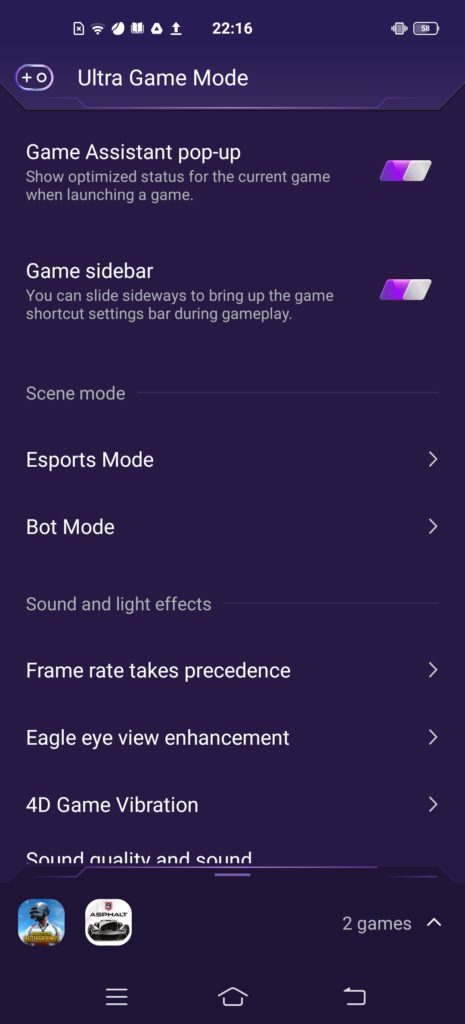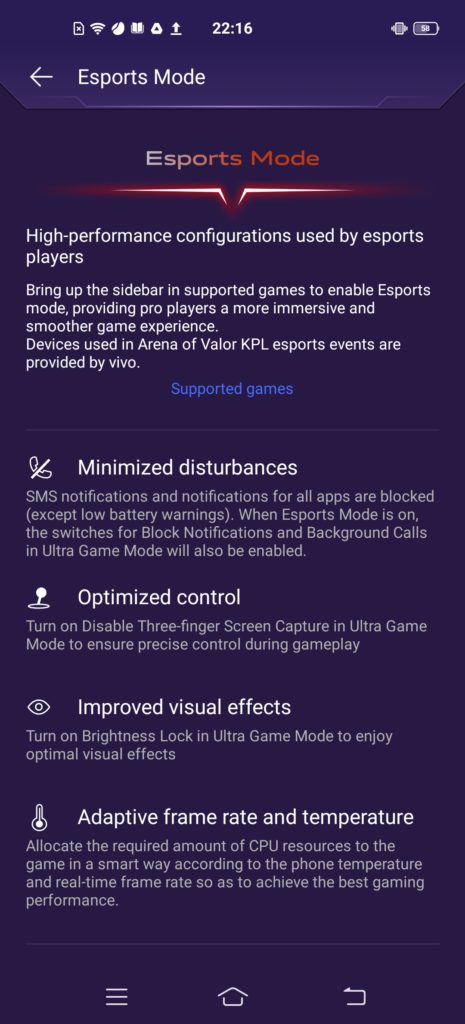Chinese smartphone giant Vivo has always been in the forefront of smartphone innovations in recent years. This year, the company had achieved a significant breakthrough with their third generation’s APEX concept phone better known as APEX 2020.
Although the APEX 2020 isn’t a commercially available smartphone model, but it do showcases the cutting-edge technologies developed by the company which set the groundwork for its future smartphones.
One of the key highlights of the APEX 2020 is none other than the implementation of the gimbal-style camera system that greatly improves camera stability and delivers smooth video footage.
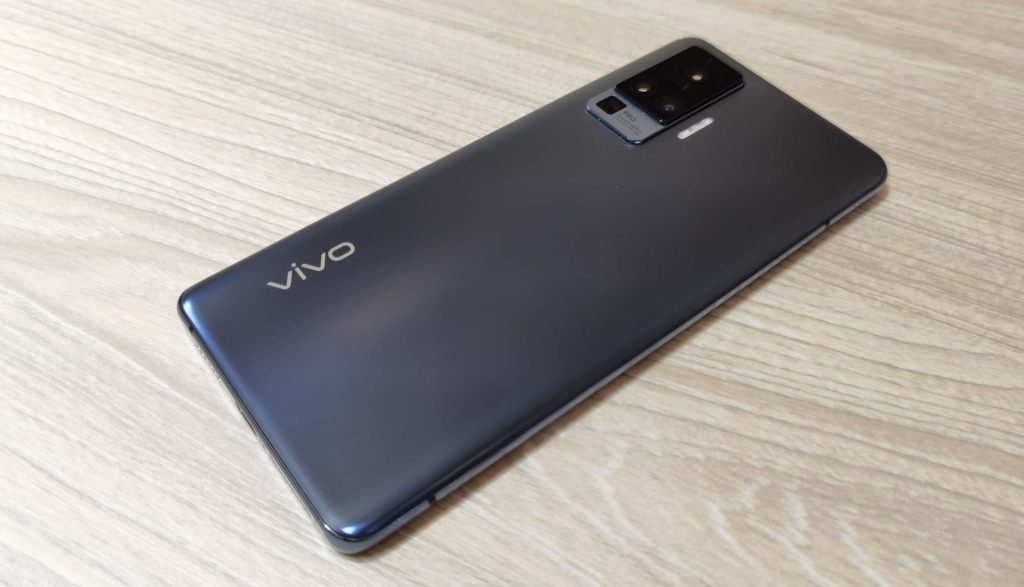
This head-turning feature is subsequently reproduced in the recently announced Vivo X50 Pro – an upper mid-ranger smartphone which combines both innovation and performance into an all-rounded productivity and entertainment powerhouse.
However, does it really live up to its S$1,099 off-contract price? We’ll soon find out in this review!
Design & Display
At first glance, its undeniable that the Vivo X50 Pro has a really attractive design both at the front, and at the back. It features the usual glass-sandwich design with ergonomically-designed curves on both sides which makes the device a pure joy to hold – especially with its 8mm slim profile and a featherlight body.
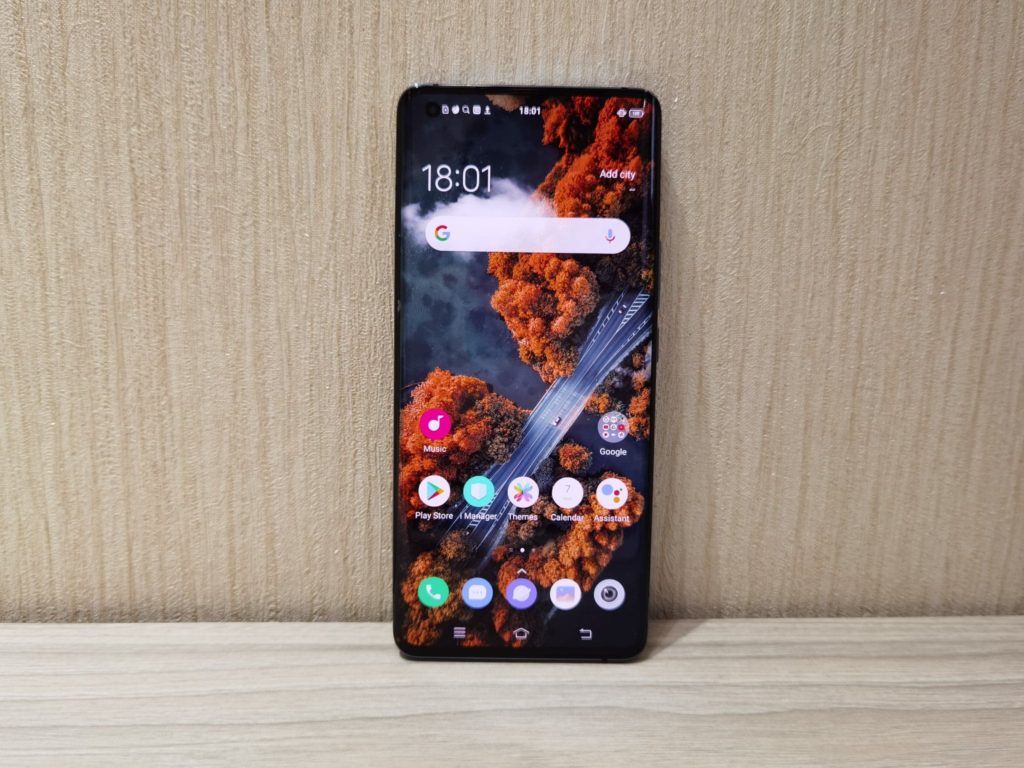
Its front panel is characterized hole-punch display which boasts a screen-to-body exceeding 90%. It will be a vibrant AMOLED display offering a FHD+ screen resolution and a buttery-smooth 90Hz screen refresh rate. On top of that, it is also garnished with HDR10+ and DCI-P3 Color Gamut support that brings a rich and true-to-life graphical experience for its users.
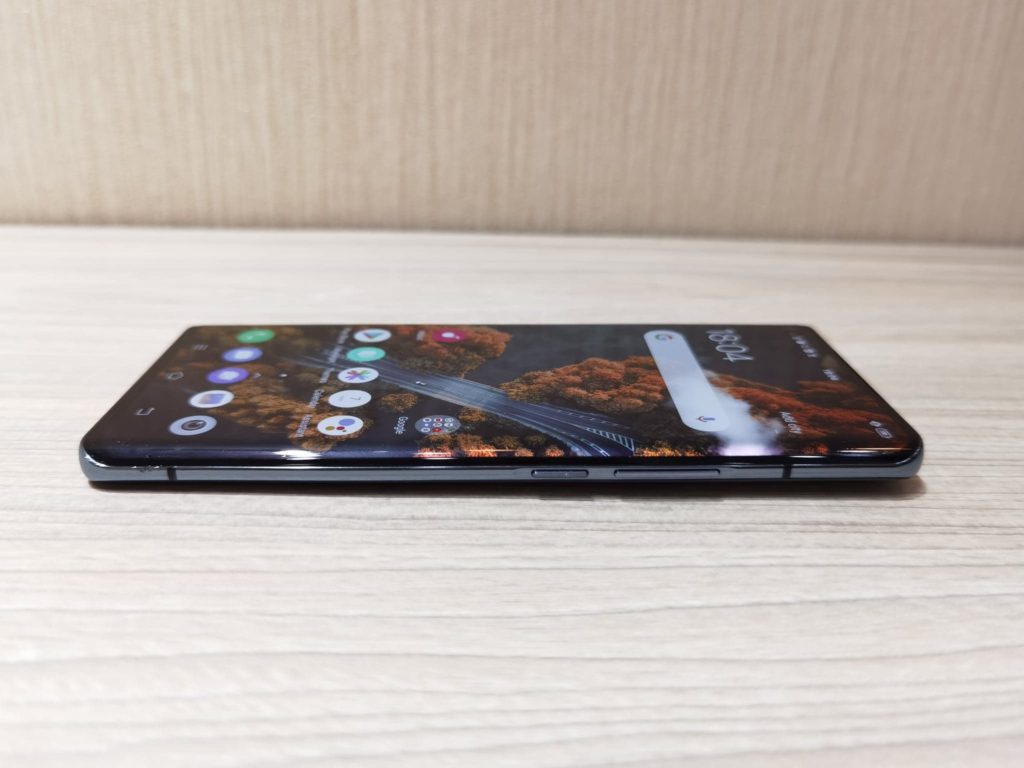
To sweeten the deal, the front display also supports up to 1,300 nits peak bightness which ensures the screen is always visible even under extremely bright environment. So for the front display, there really isn’t much for us to nit-pick on unless you want to go overboard by demanding features like QHD resolution or 120Hz refresh rate – which aren’t really fair for its price range.
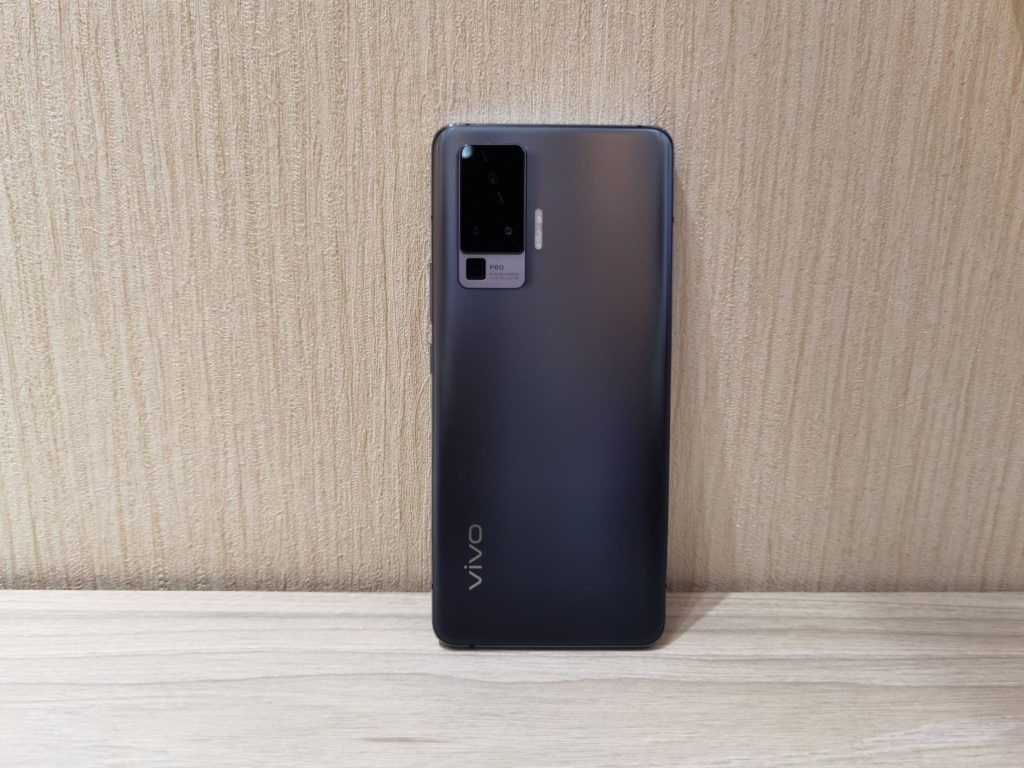
Over on the flip-side, we will be greeted with a frosted glass back with the Alpha Grey colorway. Certainly, its glass back certainly makes the device feels a tad more premium than a polycarbonate. Interestingly, the glass back doesn’t really add much weight to the device as well.
That being said, I do have to highlight that the rear panel do picks up smudges pretty easily. The good thing is that the unsightly smudges could be wiped off easily, so it shouldn’t be much of an issue for most of us.
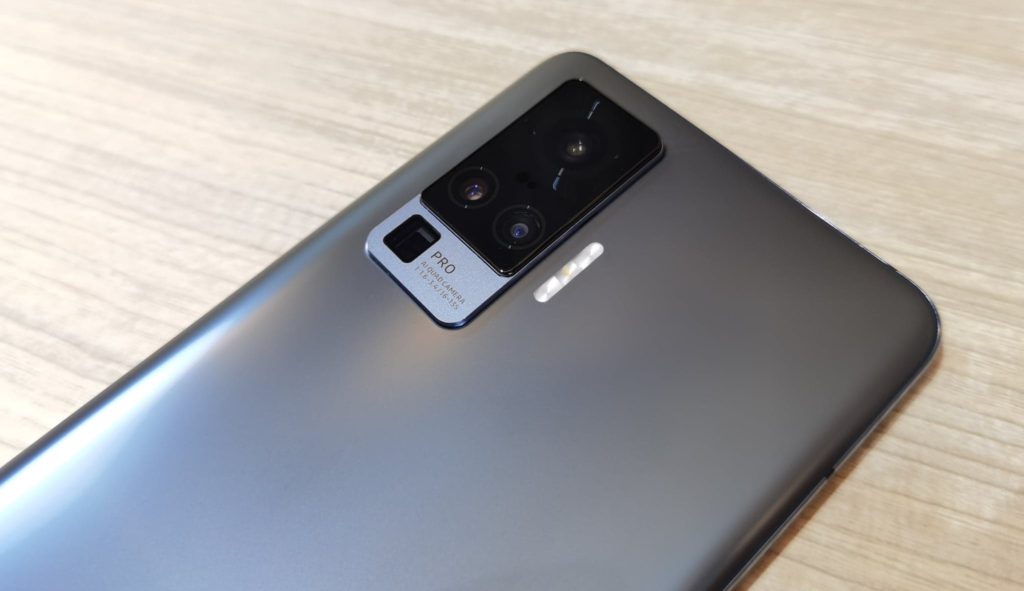
Moving on, there will be a rectangular camera module which sits on the upper-left corner of the back panel. Just like any other camera-centric smartphones, it do has a notable bump that creates some sort of unevenness on any flat surface. However, compared to other camera-centric phones like the Samsung Galaxy Note20 Ultra, the bump is considered to be fairly modest.
Speaking of the camera module, its camera lens are arranged in a triangular fashion for the first three cameras including the primary shooter, ultra-wide lens, as well as portrait lens. This will be accompanied by a telephoto lens located slightly underneath, as well as a dual-LED flash located towards its right.
Though I’m certainly in for its fresh and unique-looking camera module, but I believe this is up to personal preference.
Performance & Gaming
Under the hood, the Vivo X50 Pro is backed by an octa-core Snapdragon 765G which is among some of the most powerful chipset designed by Qualcomm so far. Therefore, its undeniable that the device is currently among the best performing upper mid-ranger handset in the local market.
Although its overall performance still lack behind the flagship Snapdragon 855 and Snapdragon 865 SoCs, but honestly you won’t really feel any notable differences between them for day-to-day usage.
Coupled with its 90Hz screen refresh rate, it feels much smoother on certain operations like scrolling web pages as opposed to a higher-end chip with 60Hz refresh rate.
Even when we talk about gaming, the Snapdragon 765G is certainly able to handle most of the popular game titles you can think of, including the graphic intensive ones like PUBG mobile.
In fact, the Snapdragon 7-series chipset had grown so advanced that the Snapdragon 712 chipset which we tested during our review of the Vivo V19 is also capable of delivering an acceptably smooth and consistent gaming experience.
The only occasion when you will possibly experience a slight drop in frame rate is when you toggle the game setting to maximum graphics which inevitably causes the phone to heat up after a game or two. Therefore, default game setting is highly recommended if you’re intending to play for quite awhile.
As with any other Vivo smartphones, Vivo’s FuntouchOS 10 has a suite of useful tools and settings that can potentially improve your gaming experience. These tools can be found under the “Ultra Game Mode” option under the phone’s setting.
If you’re vivid gamer, then you’ll certainly fall in love with the dedicated “Esports Mode”. This mode particularly allows you to enjoy unparalleled performance on the Vivo X50 Pro through its AI-driven, smart system resource management.
On top of that, it also has the usual call and notification blocking functionalities to ensure a smooth gaming experience for its users. As we know, split-seconds matter in a competitive match – so its definitely good to be greeted with all these settings housed within a very intuitive interface.
Coupled with an ample 8GB RAM, the Vivo X50 Pro shape up to be a pretty powerful gaming machine.
Cameras
Next, lets move on to the headlining feature of the Vivo X50 Pro – its revolutionary quad camera system which made its name as the first smartphone camera with a gimbal-style stabilization system.
Diving into the specifics, we have a 48 megapixels (f/1.6 aperture) primary shooter supported by the gimbal stabalization system. This will be paired by an 8 megapixels (f/2.2 aperture) camera which offers an impressive 120-degree Field-of-View for ultra-wide shots.
To take things further, Vivo has also equipped the X50 Pro with an 8 megapixels (f/3.4 aperture) periscope camera capable of achieving up to 5x zoom and a maximum of 60x digital zoom. It is no doubt one of the few features that differentiate it from other premium mid-rangers in the local market.
Last but not the least, its quad camera system will be rounded up by a 13 megapixels (f/2.5 aperture) portrait lens for bokeh shots.



As usual, the default shooting mode will deliver a 4-in-1 pixel binned, 12 megapixels ultra-clear images that encompasses high dynamic range and a rich color depth. On top of that, images are also highly detailed whether in a well-lit or dim environment.

For darker enviroment, the Vivo X50 Pro comes with a dedicated Night Mode which lit up the scene by taking multiple shots of different exposure that requires you to hold the phone still for around 3 to 6 seconds.
Surely, it seems like an uphill task to hold a phone still for a couple of seconds no matter how light it is, but thankfully the gimbal system is here to eliminate all the unwanted shakiness.
Overall, the Vivo X50 Pro did an excellent job for clicking night shots. Colors are natural with good exposure, and noise is kept to the minimum.

Moving on, the ultra-wide shots on the device are pretty decent. However, there is certainly a contrast with the images taken by the primary shooter. More specifically, I do see a slight reduction in color depth and the level of details when zooming into a specific spot like the leaves on the trees.
Next, let’s talk about the zooming capabilities of the X50 Pro. Though the device offers up to 60x zoom, we can’t sensibly expect the images to be usable at those insane zoom level – since even flagship phones which cost more than half its price aren’t able to capture a usable image as well.




Therefore, I felt only images taken up to 5x zoom level is usable. Once you reached the 10x mark, the colors became flatter and brighter areas within the scene will become overexposed. Of course, if you go even further, the image inevitably becomes more grainy as well. Despite that, you will still be able to make up key details within the scene even at 60x zoom. So I think its still a cool feature which might come in handy at some point of time.


For close-up shots, they are snapped using the X50 Pro’s 8 megapixels ultra-wide lens. Generally, images have creamy bokeh effect with accurate subject separation from the foreground. Needless to say, the images are more detailed those taken using the typical 2 or 5 megapixels macro shooters that are prevalent among recent mid-ranger smartphones.
Coming to its front camera, the 32 megapixels sensor really delivers insta-worthy shots. Colors remain true to life without any annoying beautification. On top of that, there are also dedicated portrait and night modes that work like a charm as well.
Last but not the least, I’d also recorded a short video footage to showcase the Gimbal camera system in action. Essentially, slight to moderate hand movements are easily eliminated, and the result is a really smooth and stable footage.
Battery & Charging
At the helm, the Vivo X50 Pro draws power from a massive 4,315mAh battery that comes with 33W fast-charging support.
For a typical usage with hours of web browsing, social media consumption and one to two hours of gaming in between, you will find yourself ending the day off with more than 20% battery remaining. Therefore, battery life is surely impressive for the X50 Pro.
Other than that, the 33W fast-charging is capable of bringing the device from 0 to 100% in around 70 minutes. Its not exactly the fastest among mid-ranger smartphones, but is good enough for most of us.
Sad to say, the X50 Pro doesn’t come with wireless or reverse charging support which some of us may be looking forward to. However, that isn’t really a deal breaker but rather a nice-to-have feature.
Pricing
In the local market, you can get the Vivo X50 Pro through the local telcos, as well as other online and offline channels.
Pricing for the device kick off from as low as S$0 under a two-years mobile contract with M1, Singtel or StarHub. Otherwise, it will be available at an off-contract price of S$1,099 via Lazada or Shopee.
Conclusion
To sum up, I believe the Vivo X50 Pro is worth every penny. Though it isn’t doesn’t come with the most powerful chipset, but other aspects of the smartphone surely make up for that.
Its groundbreaking Gimbal camera system, mighty zooming capabilities and 5G support are some of the key features which differentiate it from other competing handsets or even flagship phones that cost a tad more.
Therefore, if you isn’t a hardcore gamer who needs those high performing chipset, then the Vivo X50 Pro is surely the ideal device for you. It strikes a good balance between performance and flagship-class features, while keeping its price marginally lower than most flagship phones in the local market.
